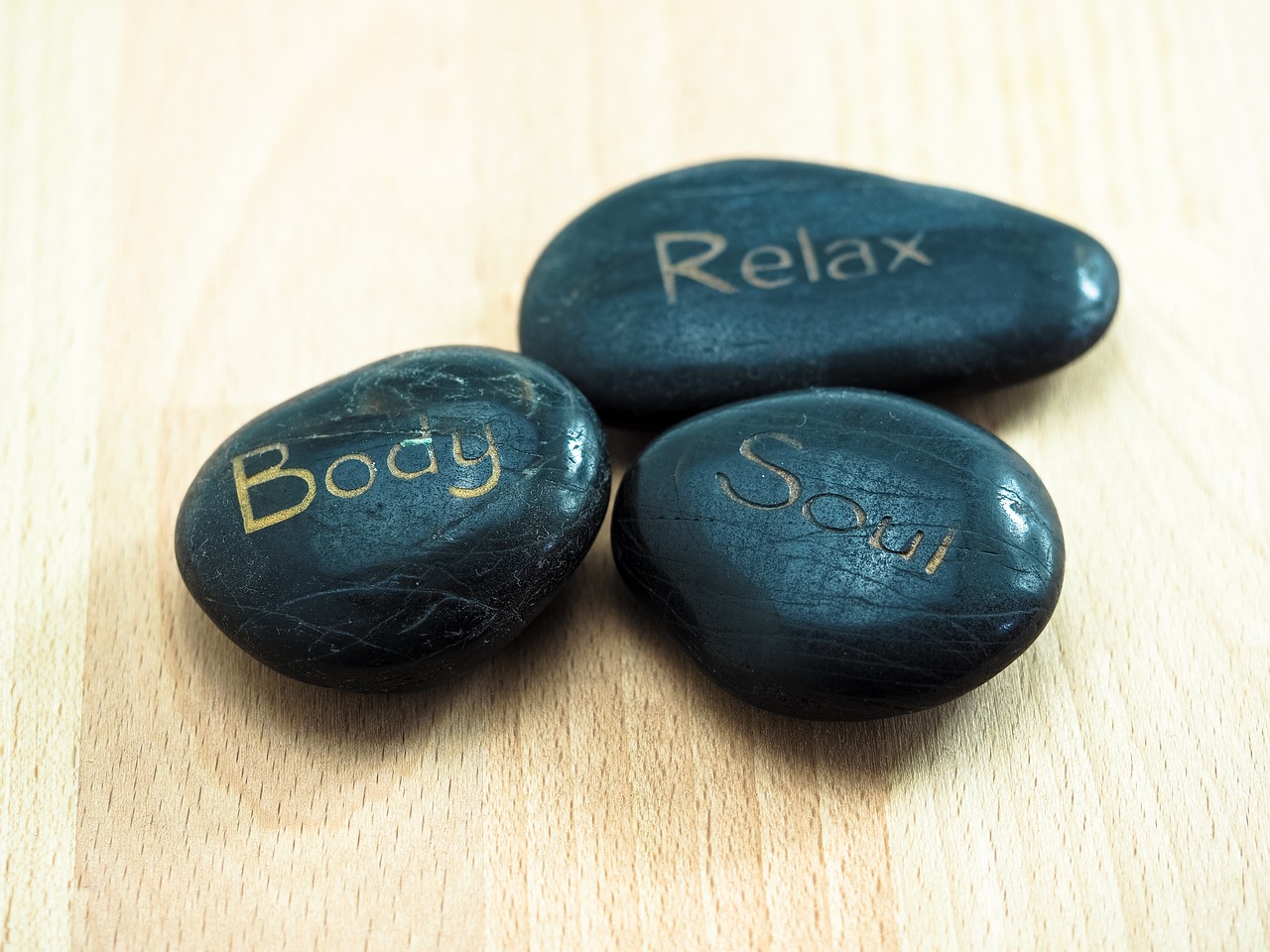Feeling tired and drained? Look no further than the ancient wisdom of Ayurveda for boosting your energy levels naturally. Discover the secrets of Ayurvedic medicine and unlock the holistic wellness techniques that have been cherished in Indian culture for centuries. From herbal remedies to mind-body practices, Ayurveda offers a wealth of techniques to revitalize and rejuvenate. Say goodbye to sluggishness and hello to a vibrant, energized self with these Ayurvedic techniques for boosting energy.

Understanding Ayurvedic Medicine
Ayurveda, the holistic system of medicine originating from ancient India, takes a comprehensive approach to wellness. Unlike conventional Western medicine that focuses on the treatment of symptoms, Ayurveda aims to address the root cause of imbalances in the body and restore harmony. It recognizes that each individual is unique and requires personalized care to achieve optimal health. This holistic approach encompasses various aspects of life, including dietary choices, herbal remedies, lifestyle habits, energy practices, and more. By understanding the principles of Ayurvedic medicine, we can unlock its potential to boost our energy and enhance overall well-being.
The Concept of Energy in Ayurveda
Central to Ayurveda is the concept of energy, known as “prana.” Prana is the life force that permeates every aspect of our existence, from the physical body to the subtlest levels of consciousness. It is responsible for maintaining vitality, promoting optimal functioning of bodily systems, and supporting mental and emotional well-being. According to Ayurveda, prana flows through specific channels called “nadis” and is governed by three subtle energies known as “doshas.” These doshas are Vata, Pitta, and Kapha, and they play a vital role in determining our physical and mental constitution.
Principles of Ayurvedic Medicine
Ayurvedic medicine operates on the principle that balance is the key to good health, while imbalance leads to disease. Each individual possesses a unique combination of the three doshas, which determines their unique constitution or “prakriti.” Understanding our prakriti helps us identify potential imbalances and make appropriate lifestyle and dietary choices to restore equilibrium. Ayurveda also emphasizes the importance of treating individuals as a whole, rather than isolating specific symptoms or body parts. The goal is to bring harmony to the mind, body, and spirit, nurturing holistic wellness and vitality.
Identifying the Doshas
The doshas, Vata, Pitta, and Kapha, are the three fundamental energies that govern our physical and mental characteristics. Vata, associated with the elements of air and space, represents movement and creativity. Pitta, associated with fire and water, governs digestion, metabolism, and transformation. Kapha, associated with earth and water, is responsible for stability, strength, and growth. To determine our dominant dosha, Ayurvedic practitioners consider various factors, including physical attributes, personality traits, and behavioral tendencies. By understanding our dominant dosha, we can tailor our lifestyle choices and dietary preferences accordingly.

Implications of Imbalanced Doshas
When the doshas become imbalanced, either individually or in combination, it can lead to a range of physical and mental disorders. For example, an excess of Vata can result in anxiety, insomnia, and digestive issues, while an imbalance in Pitta may manifest as inflammation, anger, and skin problems. Similarly, an excess of Kapha can lead to weight gain, lethargy, and respiratory congestion. Recognizing the signs of dosha imbalances allows us to take proactive steps to restore harmony through lifestyle modifications, herbal remedies, and energy practices.
Ayurvedic Diet for Energy Boost
Ayurveda emphasizes the importance of a balanced and nourishing diet to support optimal energy levels and overall well-being. According to Ayurvedic principles, each dosha has specific dietary requirements to maintain balance. For Vata individuals, who have a tendency towards dryness and coldness, it is recommended to incorporate warm and grounding foods such as root vegetables, grains, and warm spices. Pitta individuals, who have strong digestion and metabolism, benefit from cooling and hydrating foods such as leafy greens, fresh fruits, and cooling herbs. Kapha individuals, who tend to retain water and accumulate heaviness, benefit from light and stimulating foods such as steamed vegetables, legumes, and pungent spices.
Foods That Increase Energy
In addition to eating according to our dosha, there are certain foods that Ayurveda recommends for boosting energy levels. These include fresh fruits, nutritious grains like quinoa and amaranth, lean proteins such as chicken and fish, nuts and seeds, and healthy fats like avocado and ghee. Incorporating these energy-boosting foods into our diet helps fuel our body and mind, giving us the vitality to tackle daily tasks and achieve our goals.
Foods to Avoid for Better Energy Levels
Just as some foods can enhance our energy, others can drain our vitality and contribute to imbalances. Ayurveda advises avoiding processed foods, refined sugars, excess caffeine, and heavy, greasy foods that can lead to sluggishness and fatigue. It also recommends limiting the consumption of alcohol, which depletes the body of essential nutrients and disturbs the dosha balance. By being mindful of our food choices and avoiding foods that disrupt our energy flow, we can maintain optimal vitality and well-being.

Herbal Remedies for Energy
Ayurveda harnesses the therapeutic potential of various herbs to support energy and overall wellness. Some popular herbal remedies for boosting energy include Ashwagandha, Brahmi, and Shatavari. Ashwagandha is known for its adaptogenic properties, helping the body adapt to stress and promote vitality and strength. Brahmi, also known as Bacopa, is renowned for its ability to enhance mental focus, memory, and clarity. Shatavari, often referred to as “Queen of Herbs,” is prized for its hormone-balancing properties, helping to promote overall energy and vitality.
Pranayama Techniques
Pranayama, the practice of conscious breath control, plays a significant role in Ayurvedic energy practices. By regulating and channeling prana through specific breathing techniques, we can improve energy flow, balance the doshas, and enhance overall well-being. One such technique is Kapalabhati pranayama, which involves rapid and forceful exhalations through the nose. This practice helps cleanse the respiratory system, invigorate the body, and increase oxygenation. Another beneficial pranayama technique is alternate nostril breathing, which involves inhaling through one nostril, holding the breath, and exhaling through the other nostril. This practice promotes balanced energy flow and cultivates a calm and focused mind.
Yoga Poses and Energy Flow
Yoga, a sister science of Ayurveda, offers a vast array of postures and sequences that promote energy flow and vitality. Practicing specific yoga poses can help balance the doshas, increase stamina, and revitalize the body and mind. The Surya Namaskar, or Sun Salutation, is a dynamic sequence that combines various postures and breathwork to energize the entire body and awaken the solar plexus chakra, associated with vitality and personal power. Trikonasana, or Triangle Pose, helps build stamina and strength while improving digestion and blood circulation. Matsyasana, or Fish Pose, opens up the chest and throat, invigorating the respiratory system and promoting energy flow.
Ayurvedic Massage and Body Therapies
Ayurvedic massage and body therapies, collectively known as “abhyanga,” play a vital role in promoting energy balance and well-being. Self-massage with warm oil, known as abhyanga, stimulates the body’s vital energy points, or marma points, and helps release physical and mental tension. It nourishes the skin, improves circulation, and promotes deep relaxation, thereby supporting optimal energy flow. Shirodhara, a unique therapy involving the continuous pouring of warm oil on the forehead, helps balance the mind and nervous system, promoting mental clarity and harmony. By integrating these Ayurvedic massage and body therapies into our routine, we can enhance our energy and overall well-being.
Sound Therapy for Energy
Sound therapy is another powerful tool in Ayurveda for promoting energy and vitality. Chanting specific mantras, or sacred sounds, vibrates our energy centers and helps align the body, mind, and spirit. Mantra chanting can be used to cultivate positive energy, increase vitality, and promote spiritual well-being. Nada yoga, also known as the yoga of sound, involves listening to or producing specific sounds, such as chanting, singing bowls, or gongs, to tap into the healing power of sound vibrations. Tibetan singing bowls, in particular, are often used in Ayurvedic practices to balance the energy centers and restore harmony within the body and mind.
Ayurvedic Lifestyle Habits
Ayurveda places great emphasis on lifestyle habits that support our energy and well-being. One crucial aspect is maintaining a regular sleep routine, ensuring that we get adequate rest and rejuvenation. Ayurveda recommends waking up with the sunrise, as this aligns our body’s natural rhythms with the cycles of nature, promoting optimal energy and vitality. Daily exercise is also vital for rejuvenation, as it helps maintain strength, flexibility, and overall well-being. Engaging in activities that bring joy and fulfillment, practicing mindfulness and gratitude, and cultivating healthy relationships further contribute to a balanced and fulfilling lifestyle.
Stress Management Techniques
Stress is a significant energy drain and can contribute to various imbalances in the body and mind. Ayurveda offers a range of stress management techniques to promote calmness and inner peace. Meditation plays a central role, helping to quiet the mind, reduce stress, and promote mental clarity. Certain Ayurvedic herbs, such as Ashwagandha and Brahmi mentioned earlier, are also beneficial for relieving stress and enhancing resilience. Creating a calm and peaceful environment at home and work, incorporating relaxation practices like yoga and aromatherapy, and setting boundaries to manage stressors are additional strategies for effectively managing stress and supporting our energy and well-being.
Embracing Ayurveda for Enhanced Energy and Well-being
Ayurveda offers a holistic and integrated approach to boosting energy and enhancing overall well-being. By understanding the principles of Ayurvedic medicine, identifying our dosha constitution, and incorporating key practices such as Ayurvedic diet, herbal remedies, pranayama, yoga, massage, sound therapy, and lifestyle habits, we can cultivate optimal energy, vitality, and harmony in our lives. Embracing the wisdom of Ayurveda empowers us to make conscious choices that nourish our mind, body, and spirit, unlocking our potential for vibrant health and well-being.
